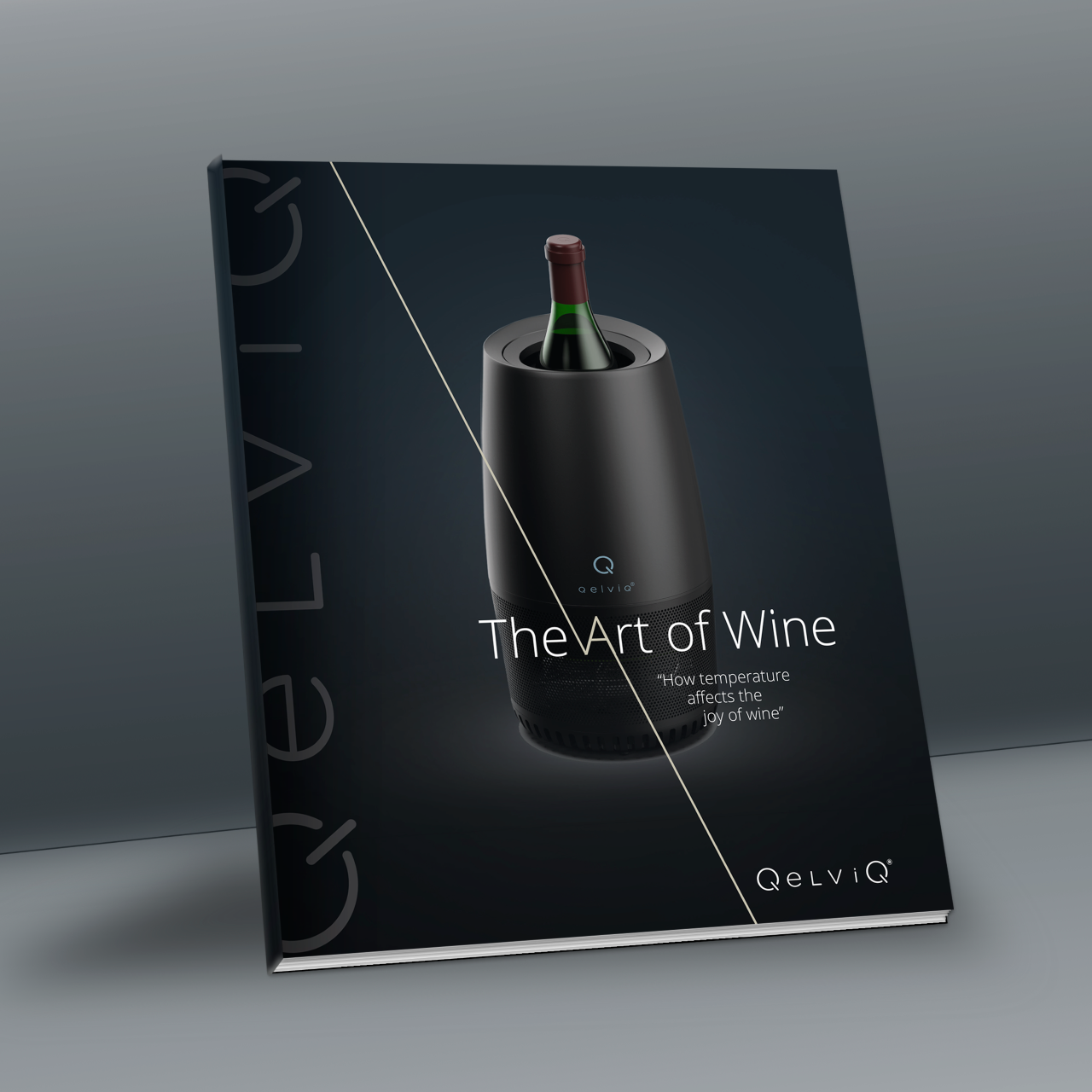October 25, 2023
The Psychology of Wine Temperature: How It Shapes Your Wine Experience
Wine, often described as poetry in a bottle, has the remarkable ability to transport us through time and place with each sip. However, beneath its complex layers of taste and aroma lies an intriguing psychological dimension that is often overlooked—the influence of wine temperature. In this blog, we will delve into the captivating world of the psychology of wine temperature, shedding light on how it shapes our perception, stirs our emotions, and enriches the sensory experience of wine.
Sensory Perception and Temperature:
Our senses play a fundamental role in how we experience and enjoy wine. Temperature, in particular, has a profound impact on our sensory perception, making it a crucial factor in the overall wine-tasting experience.
The Warmer Embrace of Red Wines:
Red wines are typically served at around 60-65°F (15-18°C). When a glass of red wine is served at optimal temperatures, it can evoke feelings of comfort, relaxation, and intimacy. This psychological connection between temperature and emotion can significantly enhance your appreciation of red wine. As you raise the glass to your lips and take a sip, the wine's correct temperature helps to release its intricate bouquet of aromas and flavors. The warmth of the wine invites you to savor it slowly, encouraging a deeper connection with its character and depth.
The Cool Refreshment of White Wines:
Conversely, white wines are typically served chilled (not ice cold!), around 45-50°F (7-10°C). The coolness of a well-chilled white wine can evoke a sense of refreshment, revitalization, and invigoration. This psychological association with temperature complements the wine's natural crispness and acidity. A chilled white wine, like a brisk sea breeze on a hot summer day, can awaken your senses and refresh your palate. The cool temperature enhances the wine's fruitiness and brightness, making it an ideal companion for outdoor gatherings and leisurely moments.
Temperature's Influence on Aroma and Flavor:
Temperature also plays a pivotal role in how we perceive a wine's aromas and flavors. When a wine is served too cold, it can inhibit the release of its aromatic bouquet, making the wine appear closed and unexpressive. On the other hand, an overly warm wine may accentuate alcohol and mute the nuanced subtleties.
By serving wine at the right temperature, you maximize its potential to captivate your senses and reveal its full array of flavors, textures, and fragrances.
Conclusion:
The psychology of wine temperature is a captivating journey into the intricate relationship between our senses, emotions, and the sensory experience of wine. Wine's temperature can evoke feelings of warmth, comfort, refreshment, and invigoration, enriching our emotional connection with each glass.
As you explore the world of wine, consider the role that temperature plays in your own perception and enjoyment. The next time you raise a glass of red wine, relish in the comforting warmth it provides. When you sip a chilled white wine, savor the revitalizing coolness. Temperature is not just a physical aspect of wine—it's a doorway to the emotional and sensory journey that each bottle offers. Cheers to the fascinating psychology of wine temperature!
Sensory Perception and Temperature:
Our senses play a fundamental role in how we experience and enjoy wine. Temperature, in particular, has a profound impact on our sensory perception, making it a crucial factor in the overall wine-tasting experience.
The Warmer Embrace of Red Wines:
Red wines are typically served at around 60-65°F (15-18°C). When a glass of red wine is served at optimal temperatures, it can evoke feelings of comfort, relaxation, and intimacy. This psychological connection between temperature and emotion can significantly enhance your appreciation of red wine. As you raise the glass to your lips and take a sip, the wine's correct temperature helps to release its intricate bouquet of aromas and flavors. The warmth of the wine invites you to savor it slowly, encouraging a deeper connection with its character and depth.
The Cool Refreshment of White Wines:
Conversely, white wines are typically served chilled (not ice cold!), around 45-50°F (7-10°C). The coolness of a well-chilled white wine can evoke a sense of refreshment, revitalization, and invigoration. This psychological association with temperature complements the wine's natural crispness and acidity. A chilled white wine, like a brisk sea breeze on a hot summer day, can awaken your senses and refresh your palate. The cool temperature enhances the wine's fruitiness and brightness, making it an ideal companion for outdoor gatherings and leisurely moments.
Temperature's Influence on Aroma and Flavor:
Temperature also plays a pivotal role in how we perceive a wine's aromas and flavors. When a wine is served too cold, it can inhibit the release of its aromatic bouquet, making the wine appear closed and unexpressive. On the other hand, an overly warm wine may accentuate alcohol and mute the nuanced subtleties.
By serving wine at the right temperature, you maximize its potential to captivate your senses and reveal its full array of flavors, textures, and fragrances.
Conclusion:
The psychology of wine temperature is a captivating journey into the intricate relationship between our senses, emotions, and the sensory experience of wine. Wine's temperature can evoke feelings of warmth, comfort, refreshment, and invigoration, enriching our emotional connection with each glass.
As you explore the world of wine, consider the role that temperature plays in your own perception and enjoyment. The next time you raise a glass of red wine, relish in the comforting warmth it provides. When you sip a chilled white wine, savor the revitalizing coolness. Temperature is not just a physical aspect of wine—it's a doorway to the emotional and sensory journey that each bottle offers. Cheers to the fascinating psychology of wine temperature!

Wine lover? Want to learn even more? Download your FREE 64 page e-book!

"Hi l am Wim, sommelier, and wine enthusiast just like you! My fellow sommeliers understand the importance of serving wine at the correct temperature. They know that if wine is too warm, it will lose its flavors and complexities, and if wine is served too cold, it will numb your taste buds. A few world renown sommeliers and myself will explain this further, and share some interesting (taste) case studies."
